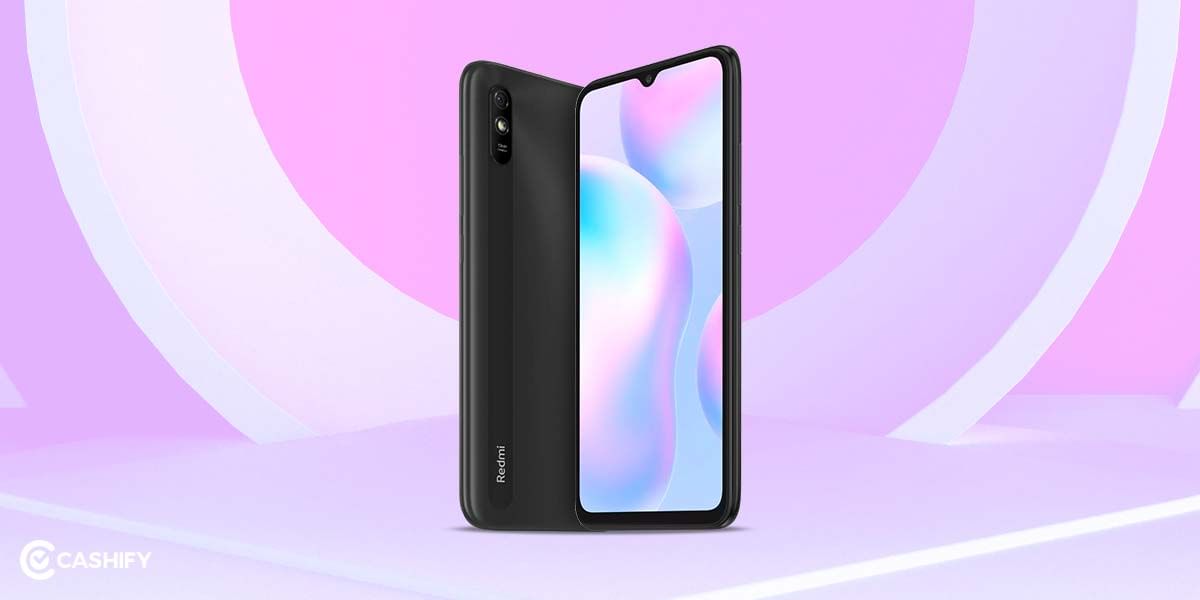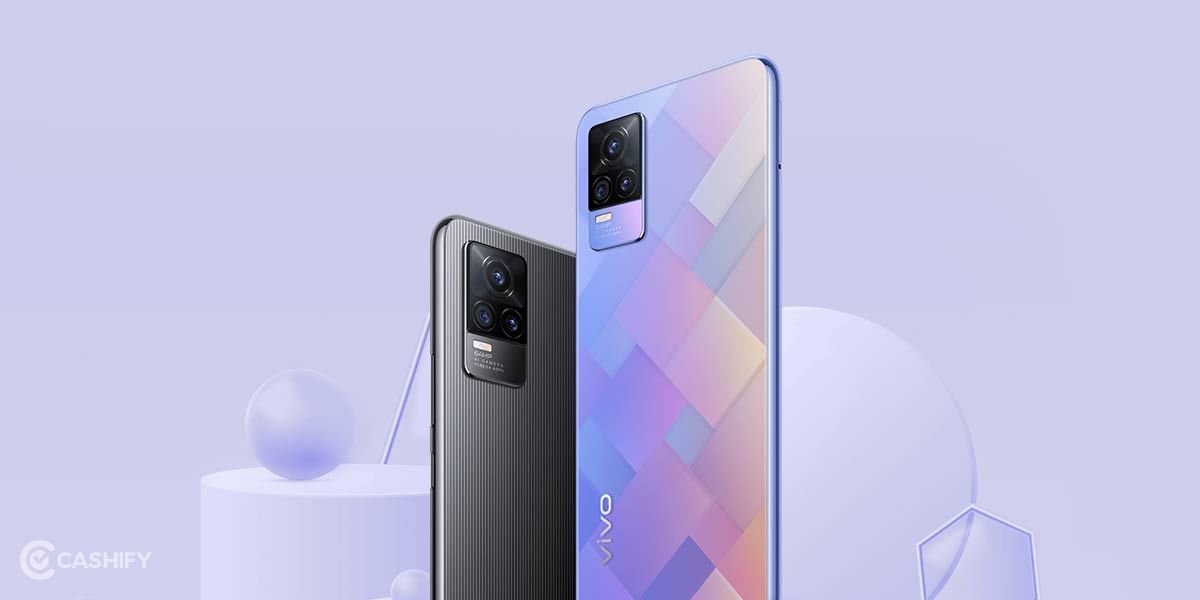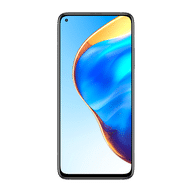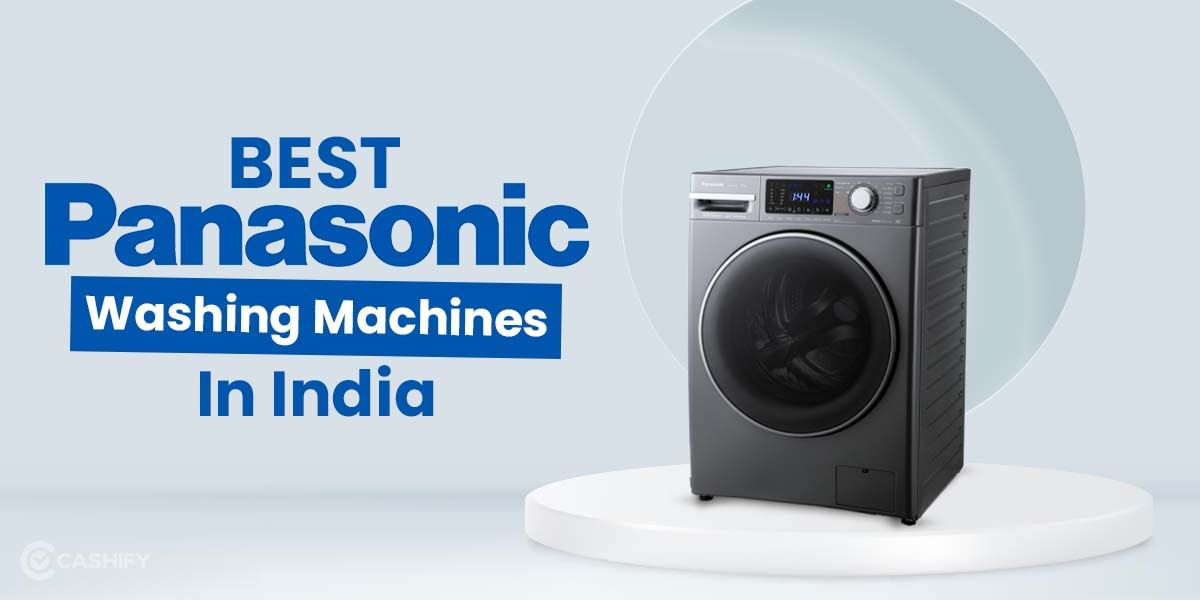Introduction
Xiaomi has a reputation for rolling out quite affordable smartphones. Unlike many other brands, it even targets premium flagship phones. Xiaomi Mi 10T 5G is one of those entitled affordable flagship smartphones that gives you a lot onboard (while holding a bit) at an affordable price tag and so much so that you will forget about those expensive flagship phones altogether.
Oh, Wait! Recycle Your Old Phone, Get Rewarded!
Talking about Mi 10T 5G, it is overall impressive, and here’s a detailed hands-on review on the phone that I curated after analyzing and using the phone for more than a week.
Prices in India, Variants, Availability
Xiaomi Mi 10T 5G is available in India in two storage trims. You can go for its base 6GB+128GB at Rs 32,999/- while the higher 8GB+128GB variant is up for sale at Rs 34,999/-. Next up, you have two colour options i.e. Cosmic Black and Lunar Silver. Buy it from Amazon India or Mi India online store. The former has abundant offers on display such as up to Rs 14,200/- off on eligible exchange, No Cost EMIs, EMI starting at Rs 1,533/-, Flat Rs 1,500/- off on using HDFC Bank CC, 10 percent discount on Citibank CC, and DC, as well as on EMI txns. There’s an INR 2,500/- discount on using HDFC Bank DC EMI txns.
Box Contents
Specs at a glance
Before we talk in detail about the Xiaomi Mi 10T 5G let’s see what the on-paper specs look like?
- Display: 16.9 centimeters (6.67-inch) FHD+ IPS LCD display, 144Hz AdaptiveSync intelligent display
- Processor: Qualcomm Snapdragon 865
- Storage: 6GB/128GB
- Software: MIUI 12 based on Android 11
- Rear cameras: 64MP triple rear camera with 13MP ultra-wide and 5MP macro
- Selfie Camera: 20MP
- Battery: 5000 mAh, 33W fast charger
- Weight: 216g
- Dimensions: 165.10 x 76.40 x 9.33 mm
Design and Build
It’s like love at first sight, the moment you see the Xiaomi Mi 10T 5G in real. It is one of the best-designed smartphones and with the thinnest bezels in the segment. Sure Xiaomi moved above from a mechanical selfie shooter to a tiny punch-hole on the top-left corner, Mi 10T 5G doesn’t miss a chance to keep you amazed. It has a sandwich design with Corning Gorilla Glass 5 on top and bottom and an aluminium frame in-between.
On the back, you have a giant rectangular-shaped camera module that protrudes above the back panel. It is the opposite of subtle aka pronounced and thus, you will feel as if the phone is wobbling if you keep it on a flat surface and use it for some reason. The back is extremely shiny aka mirror-like which looks out-of-the-box but it also introduces smudges and fingerprints. Perhaps, the Cosmic Black variant is more prone to marks but the Lunar Silver is more on the bluish side and thus, minimizes the visibility of smudges and marks.
Planning to upgrade? Sell Your Old Phone in 60 Seconds From Home
The frame is wrapped about the phone with curves on the sides but with a flat top and bottom that houses the I/O ports mentioned below. The phone is bottom-heavy which works in its favour as you hold the bottom sturdily whenever you are using the phone so that would balance out the things.
Speaking about I/O ports and buttons, there’s an IR blaster, an echo chamber, a secondary mic on top. This is followed by a USB-C port, SIM card tray, a microphone, and a speaker grille at the bottom. Next up, there’s a power bottom cum fingerprint scanner and a volume rocker on right and that’s all.
Display
You get a gigantic 6.67-inch IPS LCD panel with a 144Hz refresh rate. The display has a 1080×2400 pixels resolution with a 20:9 aspect ratio and it is HDR10+ compliant. The phone manages to light up at 500 nits typical and 650 nits of peak brightness on auto mode as per advertised although how it performs is something that I have mentioned below.
It’s not AMOLED and that’s just that. Xiaomi Mi 10T 5G’s IPS LCD panel is worth a shot as it brings a tall 20:9 aspect ratio with a 1080×2400 pixels resolution. It is perhaps one of the most advanced LCD panels out there thanks to the super-glossy 144Hz refresh rate which is something only a handful of phones have at the time of writing this.
Broke Your Old Phone Screen?
– Affordable Display Replacement at Home
The display, albeit being an IPS LCD, compares well against OLED competitors although it lacks DC dimming, inky blacks, and extreme brightness which are some of the traits of an OLED panel. In any case, the display is bright and it is comfortable to see during broad daylight. I found out that the display lights up at 500 nits on peak brightness while the Max Auto mode takes it up to 630 nits which are great for viewing content on the screen even in direct sunlight without a hitch.
There’s a Smart AdaptiveSync Display that controls the refresh rate. Although it isn’t granular but it sets the refresh rate to 30, 48, 50, 60, 90, or 144Hz depending upon which type of content you are viewing. When the display is idle, it resorts to the standard 60Hz, and while interacting, it jumps to 144Hz or whatever refresh rate is permissible to it.
Finally, there’s HDR10 support on OTT platforms such as Netflix where you can view HDR content without any glitch. However, the viewing experience is also foiled by the lack of an OLED panel although that depends if you have used an OLED before. If not, I would say Mi 10T 5G will leave you stunned.
Performance
The hardware under the hood that handles everything on Xiaomi Mi 10T 5G is the flagship-cadre Snapdragon 865 5G chipset built on a 7nm+ node. The chipset has a 1×2.84GHz Kryo 585 core along with 3×2.42GHz Kryo 585 and 4×1.80GHz Kryo 585 power-efficient cores. It comes bundled with Adreno 650 GPU, 128GB of UFS 3.1 storage, and 6/8GB RAM options are available as well.
It’s a Snapdragon 865 SoC is what is your assumption w.r.t. its performance at the first glance. To be honest, Mi 10T 5G rides on a wave giving the best of everything. Its Geekbench 5.1 tests reveal a score of 3,311 and 901 points on single-core and multi-core tests respectively. To put things into perspective, these scores are close to those of the OnePlus 8 and Samsung Galaxy S20 FE alike.
Check Out: All That You Need To Know About iQOO 7 FAQs
Using apps, toggling between them and multitasking is a piece of cake, to be honest. You can switch around apps and toggle between many of them at once and the processor won’t mind a thing. The UFS 3.1 storage and 8GB/128GB RAM does make a lot of difference as well.
I usually test out smartphones by playing intensive games such as Asphalt 9: Legends, Call of Duty: Mobile, and PUBG Mobile. To put things into perspective, I played for more than 1½ hours and the Snapdragon 865 won’t break a sweat. In fact, I didn’t even notice any frame drops (at least not something easy to detect) even after playing an elongated duration of matches. For those who have a tight budget for a gaming phone, I would say the Mi 10T 5G is a way to go.
Software
Xiaomi Mi 10T 5G arrived with Android 10-based MIUI 12 out-of-the-box. No doubt it will get at least 2-3 MIUI updates and major Android updates as well. I got my hands on Android 11 on Mi 10T 5G which is brilliant, to be honest. It has some of the best features thanks to the amalgam of both MIUI 12 and Android 11 including new UI elements, iOS-like control panel, App Drawer, Dark Mode, and so on.
Cameras
Xiaomi Mi 10T 5G packs in a stellar-looking triple rear camera setup. This includes a 64MP primary sensor with f/1.9 aperture, PDAF; a secondary 13MP ultrawide shooter with f/2.4 aperture, 123-degree FOV; and a tertiary 5MP macro sensor with f/2.4 aperture. On the other hand, the front camera houses a 20MP sensor with an f/2.2 aperture.
The only distinction between Mi 10T 5G and Mi 10T Pro 5G is the primary camera where the latter gets a 108MP while the former gets a 64MP sensor. Note that you are still getting a 64MP sensor that is competent enough to grab quality shots with amazing details only to be differentiated with the 108MP shots once you zoom in a lot.
Also Check Out: iQOO 7 Camera Review
Daylight shots using the primary camera are bliss as it captures binned shots retaining a lot of details including finger ones. The dynamic range is wide and the colours pop up resembling almost the natural colour palette. Turn on the AI and you can see more contrast and colours in the shots. On the other hand, you can see some noise in darker parts. You can use 2x and 3x zooms which are competent although going above it will cause all the abnormalities with the shots to amplify as you go forward.
During nighttime and low-light photography, the primary sensor activates a night mode and it has HDR as well. The shots had high-quality details especially in the shadows and the sensor kept the noise at a minimum which is something many sensors fail even when night mode is activated. I used 2x zoom as well although as you can forward in the zoom level, the details and sharpness decrease.
The ultrawide snapper is the same as the Mi 10T Pro 5G. It isn’t a flagship-grade snapper but it does its job. The images actually had a narrow dynamic range although with softer tones around some textures. The snapper can capture a wider 123-degree field of view and seems like there’s an efficient lens correction under the hood as I couldn’t see much distortion around the edges.
There’s no night mode on the ultrawide snapper but you can go around using it if you want. It captures softer images and depending upon the lighting conditions, you may not have required detailed photos so that’s a catch.
Macro shots are equally impressive although capped with the small sensor size. The autofocus is quick to focus and the sensor retains most of the details and sharpness which is impressive for a 5MP sensor. It is likely one of the best macro sensors I have come across if not the best.
Finally, portrait mode on the rear camera is brilliant as it manages to detect edges properly and apply blur effects without any hassle. In fact, the portrait mode was able to detect and work with complex backgrounds as well keeping the dynamic range wider.
The 20MP selfie shooter has an amazing portrait selfie mode. In fact, I have compared it with many smartphones only to realize that it is one of the best. The edge detection and blur effect work well for a smartphone at this price segment. The shots are well-lit and the camera takes care of the dynamic range as well as it doesn’t let the subject wash out against a clear sky i.e. bright background.
About video recording, the rear camera can go as high as 960fps but with 1080p. You can o for 8K resolution at 30fps or 4K at 60fps. For perspective, this makes Mi 10T 5G have an edge over Mi 10T Pro which is capped at a max of 120fps.
The front, on the other hand, is the same at 1080p@30fps and it can go at 120fps with 720p resolution.
Battery
Xiaomi Mi 10T 5G is equipped with a beefy 5,000 mAh battery under the hood. There’s a 33W fast charging support as well. Packing a 5,000 mAh power pack, Mi 10T 5G holds up throughout the day even on moderate to high usage. In fact, it squeezes through the day to half of another day which is something I am positive about. There’s a 144Hz HRR that is battery consuming but you can dive down to 90Hz or even 60Hz to bring down the battery consumption to a great extent.
The 33W fast charging tech keeps the battery fed to its full capacity in 1:10 hours which is quick considering the battery size and the charging speed which could have been better, to be honest. There’s no wireless charging but it’s my opinion that Mi 10T 5G is still offering a lot on a cost-effective price tag.
Audio, Connectivity, Biometrics
Xiaomi Mi 10T 5G brought about a welcome change from its predecessors and that’s a stereo speaker setup. The bottom-firing loudspeaker is impressively loud and perhaps what’s more amusing is the fact that the earpiece which acts as a secondary channel is equally as loud as well. However, the speakers lack bass and fullness but overall, it has managed to get scores similar to Mi 10 5G and Samsung Galaxy S20 FE 5G on the loudness test.
Xiaomi Mi 10T 5G supports a myriad of connectivity features including the latest standard of Wi-Fi 6 (dual-band), Bluetooth v5.1 (LE, aptX HD, aptX Adaptive, A2DP), GPS (dual-band), IR port, NFC, and a USB-C 2.0 port for data transfers and charging.
Xiaomi Mi 10T 5G is 5G-ready and that’s a good thing as you are literally future-proofing your phone once 5G is available in India. Till then, you have 4G LTE and it works fine. I have learned about reports that some Mi 10T units had issues with the proximity sensor that usually turns off when you get a call (or make one) and the phone is close to the ears. It prevents any accidental touches.
I didn’t have the problem but do check if your unit has it. Call quality was optimum and I didn’t have problems connecting to calls even in elevators and basements. But at the end of the day, it also depends on which carrier you are using. I used Jio 4G and Vi 4G where the latter is probably the culprit behind most call drops (not too much too).
There’s a side-mounted fingerprint scanner onboard Mi 10T 5G similar to Mi 10T Pro 5G. Perhaps I was amazed at the speedy response exhibited by the FPS as it takes just a tap to unlock the phone and that’s all. In fact, FPS is much more secure than Face Unlock and cuts away the redundancy of using a power button to light up the display and use face unlock. However, accidental touches on the side-mounted FPS are annoying unless you are okay with it.
Pros & Cons
Pros
- Stunning performance
- 144Hz refresh rate display
- Full-surrounding speakers
- Solid main 64MP camera
- 5000 mAh battery with 33W supported charging
- 5G connectivity
Cons
- Camera setup with no balance
- Bulky design
- No wireless charging
As always, there are pros and cons and there are alternatives to choose from if you are considering Xiaomi Mi 10T 5G. It is equipped with Snapdragon 865 and available at a Rs 35K price tag which makes it a lucrative choice. High refresh rate, large battery, and a competent camera setup are other reasons why you should consider Mi 10T 5G. Then again, the display that could have been OLED is something that sucks away the fun if you are upgrading from an OLED smartphone.
Another reason why I wouldn’t recommend any Xiaomi phone is because of ads on the MIUI which needs to be turned off at every instance if you don’t want advertisers tracking you. You can consider the OnePlus 8, OnePlus 8T, Realme X50 Pro, Samsung Galaxy S20 FE as some of the alternatives to choose from.






























